Lentils: Everything You Need to Know
Today, it’s all about Lentils: Everything you need to know. There is evidence that suggests that lentils have been cultivated as far back as 10,000 B.C, making them one of the first crops ever to be farmed. Lentils are more commonly found dried at the grocery store, and come in a variety of colors.
You probably use them to thicken a soup or stew, but they can also be used as a meat substitute as well. Lentils: everything you need to know.
Lentils also come packed with several nutrients and minerals that provide you with several health benefits that you may not know about. Here’s a closer examination of lentils and everything you need to know about them.
Lentils: Everything You Need to Know
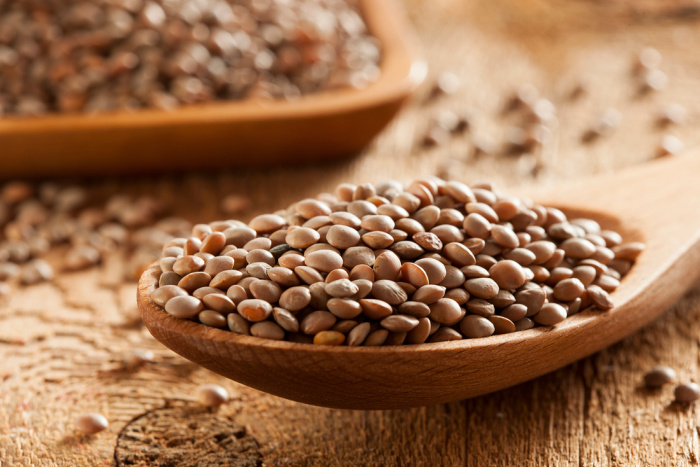
Lentils are one of the few beans that you don’t have to soak ahead of time before cooking. They don’t have to be used only in soups, lentils can also be used as a meat substitute that’s full of just as much protein. Lentils can even be used as a flour alternative in order to make gluten-free baking goods.
Lentils also happen to be a protein that is incredibly cheap to buy compared to ground beef and other meat. On average, lentils cost around $.07 per serving, where ground beef is closer to $1.07 for a single serving.
Lentils are believed to be one of the first domesticated crops and have been eaten since the prehistoric Neolithic period. There is evidence of them found along the Euphrates River that dates clear back to 8,000 B.C.
Basic Info
Lentils (lens culinaris) are similar to beans, as they too come from the edamame family. They grow in pods that usually consist of 2 seeds in each. They come in a variety of colors and packed with tons of protein.
Lentils are more heavily produced for human consumption rather than animals. Most of the world’s production of them come from Canada and India, at around 58% combined.
Varieties of Lentils
There are a number of different types of lentils, all of which are categorized by color. Here’s a picture of six with a closer look at five varieties.
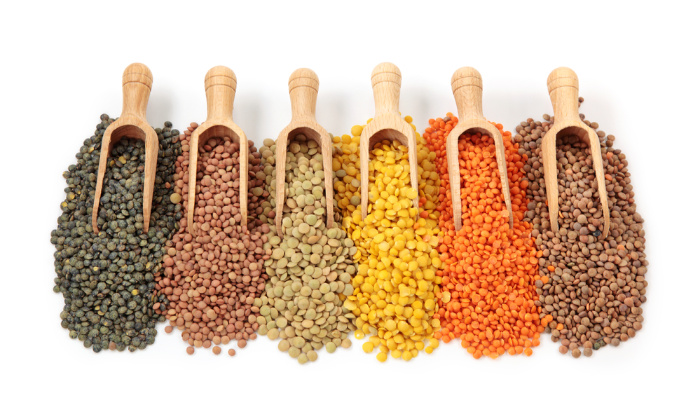
Black (Beluga)
Of all the lentils, the black lentil is the healthiest choice. They are more firm in texture and have an earthy flavor. Black lentils pair nicely with chicken, fish, and other meats. Black Lentils
Yellow
Yellow lentils come bright yellow in color, but other than that, they are quite similar to the red lentil. They are nutty and sweeter in flavor and cook in very little time. Yellow Lentils
Red
The red lentil is most often found in Mediterranean, Indian, and Middle Eastern cuisine. Their texture is soft once they’ve been cooked, and they are a bit smaller. Red lentils go great with soups, stews, and in purees. Red Lentils
Brown
Brown lentils are amongst the most common types of lentils, while having an earthy and mild flavor. They are great at thickening soups, as well as in burgers. Brown Lentils
Green
Green lentils are another very popular type. You’ll notice that they have a peppery taste, and a firm texture, but they take the longest to cook of all the lentil varieties (around 40 minutes). These are the ones I have.
One of my readers, Janet, uses lentils in several meal choices. I’m so grateful she suggested I try using them. I love stretching my meals with them. Green Lentils
Nutrition Facts
Lentils happen to be a highly nutritious food that’s packed full of protein, fiber, and other minerals. They come filled with vitamin B6, iron, folate, potassium, phosphorus, manganese, and thiamin.
Lentils also have smaller amounts of copper, zinc, riboflavin, magnesium, selenium, niacin, and pantothenic acid. With all of these nutrients, lentils provide you with several notable health benefits that you should know about.
The Top Health Benefits of Beans
Health Benefits of Lentils
Promotes a Healthier Heart
You can find a healthy amount of potassium, folic acid, and fiber in lentils. All of these work to decrease bad cholesterol levels, thus decreasing the risk of heart disease, especially those who are high risk. With calcium and magnesium added to the equation, they can decrease blood pressure naturally.
Helps to Lessen Fatigue
People that have an iron deficiency often experience fatigue. Lentils are a good source of nonheme iron that provides you with extra energy. This type of iron is not absorbed as easily as heme iron that’s found in meat, but combining it with foods high in vitamin C, can improve their absorption.
Improves Digestion, Regularity, and Satiety
Lentils contain a decent amount of fiber, which works to prevent constipation and helps promote regularity with bowel movements. Fiber also helps with those seeking weight loss, by reducing your appetite and providing you with the feeling of fullness quicker.
May Help to Prevent Cancer
Lentils have selenium, which may work to decrease a tumor’s growth rate. It also helps to stimulate the production of T cells, which help kill diseases in our bodies.
Some of the different types of cancer that selenium may help to prevent include bladder, skin, lung, gastric, prostate, colorectal, and esophageal cancer.
Reduces the Risk of Gestational Diabetes
Studies have shown that pregnant women who consume higher levels of folate had a lower risk for getting gestational diabetes throughout their pregnancy. Doctors also encourage them to continue with this throughout breastfeeding.
Cooking with Lentils
If all you’ve ever known about lentils is adding it to soup to help thicken it, it’s time you broadened the horizon a bit. Here are hundreds of recipes that use lentils in many different ways. They can be enjoyed in bread, meatloaf, sloppy joes, Italian dishes, and even lasagna.
How to Store Lentils
Lentils don’t usually go bad when stored correctly, but they may harden in texture and take longer to cook. It’s best to put your lentils in an air-tight container and store them in a dry cool place.
They should last at least one year this way. Once you’ve opened them, it’s best to put them in the refrigerator in a tightly sealed container. Some people even choose to freeze their lentils, and they can last this way for up to 6 months.
Final Word
Lentils are another one of those nutritious foods that provide you with several health benefits. They go great with soups and burgers, but they can be enjoyed in countless other ways as well.
What did you find most surprising about lentils and their many benefits? What else would you add to this resource called lentils: everything you need to know? Please stock up your pantry with items you will eat. May God bless this world, Linda
Copyright Images: Lentils Deposit photos_8759747_s-2019, Lentils Brown Depositphotos_25318139_s-2019, Lentil Soup Depositphotos_48775821_s-2019



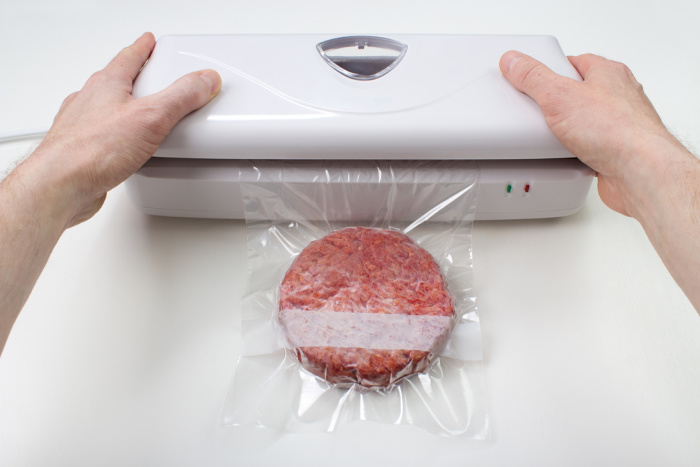
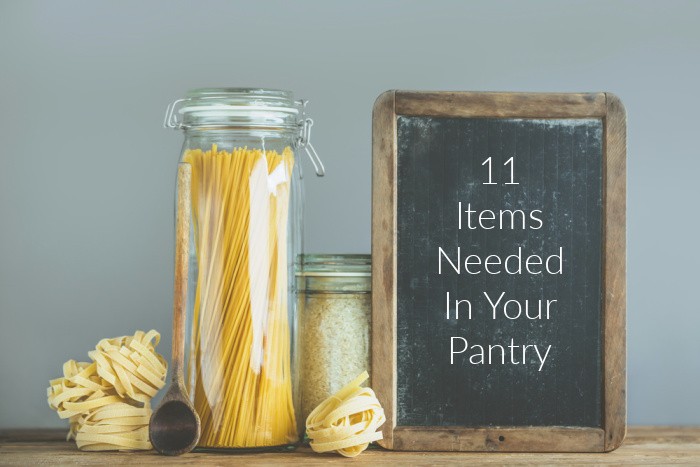
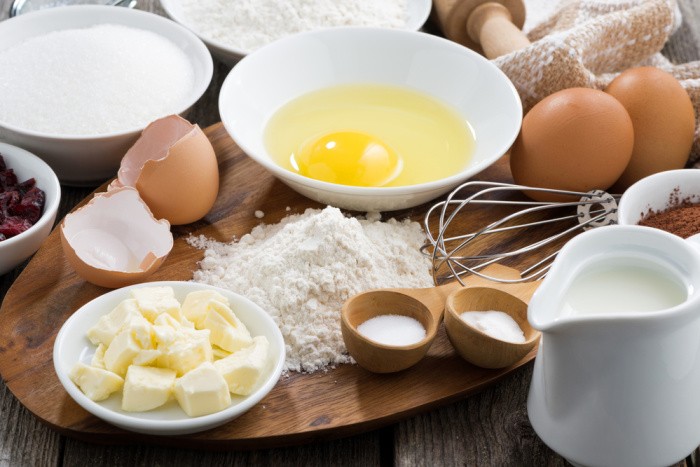
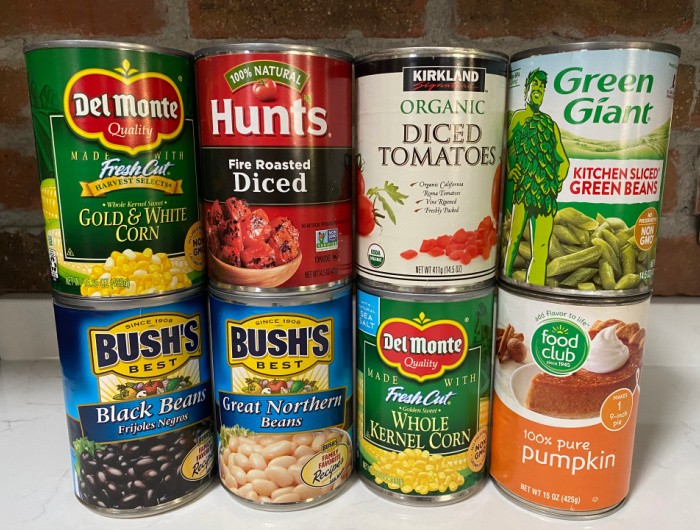
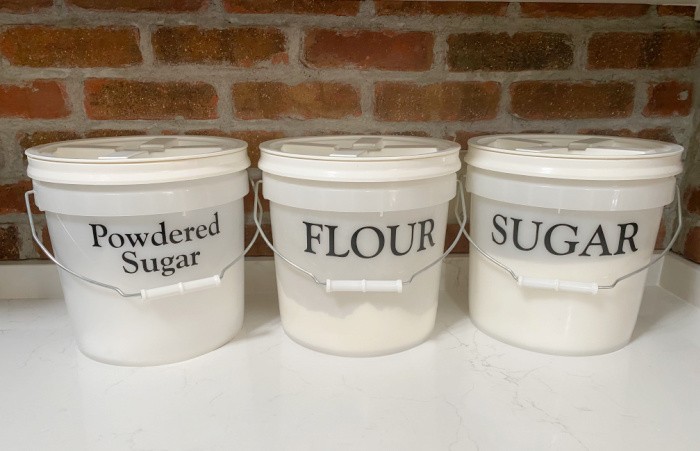
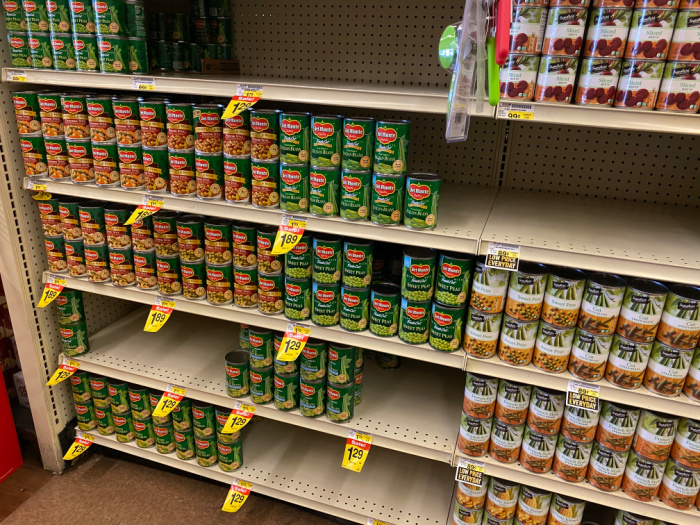














Information that is valuable. I love this series. Information we can really use too. Keep ’em coming, please.
Hi Mae, you are so nice! One of my readers Janet taught me about lentils. I think the more we know the better off we will be. Thank you so much! Linda
I’ve not LTS them. Is this a Mylar and bucket item?
I buy *green lentils in #10 cans from Rainy Day foods (Montpelier Idaho), you can google them. They also have red lentils for a good price in a 25# bag, which I transfer to a 5 gallon bucket with a gamma lid.
*note that green lentils are sort of green/tan/brownish whereas true brown lentils are dark brown.
Also note that red lentils break down when cooked, just like split peas do.
Thank Janet, for sharing where to buy them. Linda
Perfect
Thanks
Hi Matt, I bought my green lentils from ThriveLife. Linda
Since I had always heard they last indefinitely when stored away from moisture and bugs, I have been bagging and storing lentils for a few years now.
I fill 1 gallon zipper top mylar bags with lentils that I buy in 25 pound bags from a distributor in NJ (I’m on the east coast, so shipping charges aren’t crazy.) And I just heat seal the mylar bags, date and label them and pack them into 5 gallon buckets. Then the buckets go in my LTS near the buckets of white rice given similar treatment. White rice plus lentils is a decent survival food since you get a full protein between the two.
Haven’t bought any this calendar year since the supply chain is fragile and I have more than enough for my family, but once things settle down I’ll get back into buying the types available and bagging them up. That way if I find the older lentils aren’t good for cooking anymore I have more spread out over time.
For folks on the east coast, the online store I use is https://www.ifsbulk.com/
Hi DMWalsh, I love your comment! I’m just learning to cook with lentils. Janet, who follows my website inspired me to use lentils. She’s sharing recipes I will make and post on my website. We will not be buying meat because of the prices. I love beans and rice, so lentils will now be my new best friend! Linda
dmwalsh568 or anyone else really
What’s the oldest ones you’ve eaten?
Honestly, I’ve only eaten lentils that I had on hand for 6 months or less so far. And the vendor I use is a wholesaler so I’m pretty sure they rotate their stock early and often.
I did keep some out of the mylar bags for testing in recipes but haven’t used them more than a couple of times so far. I’m more of a pasta and tomato sauce person for comfort foods. so I probably will wait till post pandemic to try the open lentils again.
Hi Matt, I will see if Janet answers. I’m interested as well. Linda
Linda, I would be happy to share a few recipes if you wish.
Hi Janet, I would love it. I’m so excited you introduced me to them! Linda
Another good food to store up. I like what Spanish people call “gondules” which they usually add to rice. I think those are more like black eyed peas, but not sure. When cooked they plump up slightly.
You didn’t mention carbohydrates, but as a protein source they’d certainly be welcome in a prepper’s pantry. I used to eat soybean burgers for about 3 years when I went to a private school. Until one of the kids told me I thought they were regular burgers. I found them quite tasty.
I thought about making them at home or maybe try using lentils, but my older brother doesn’t like beans…. he frustrates me, but I’ve told him, don’t think of them as beans per se and let’s try them because unless you have freeze dried or canned meats or plan to raise and butcher your own, it would provide us with protein. And before anyone asks, he doesn’t like eggs either.
He takes all the fun out prepping 🙂
Hi Frank, he doesn’t like egg either! LOL! I really believe meat is going to skyrocket in price. Of course, it has gone through the roof already! We for sure need an alternative. We need protein for sure. Stay well, stay safe! Linda